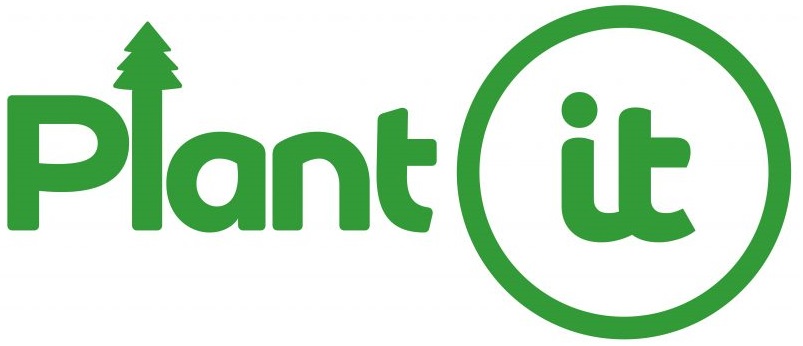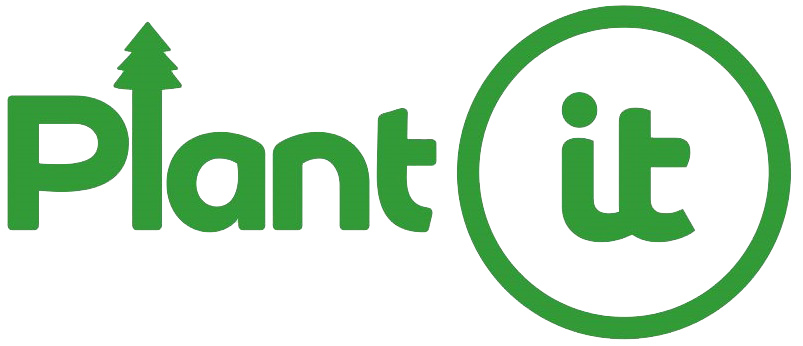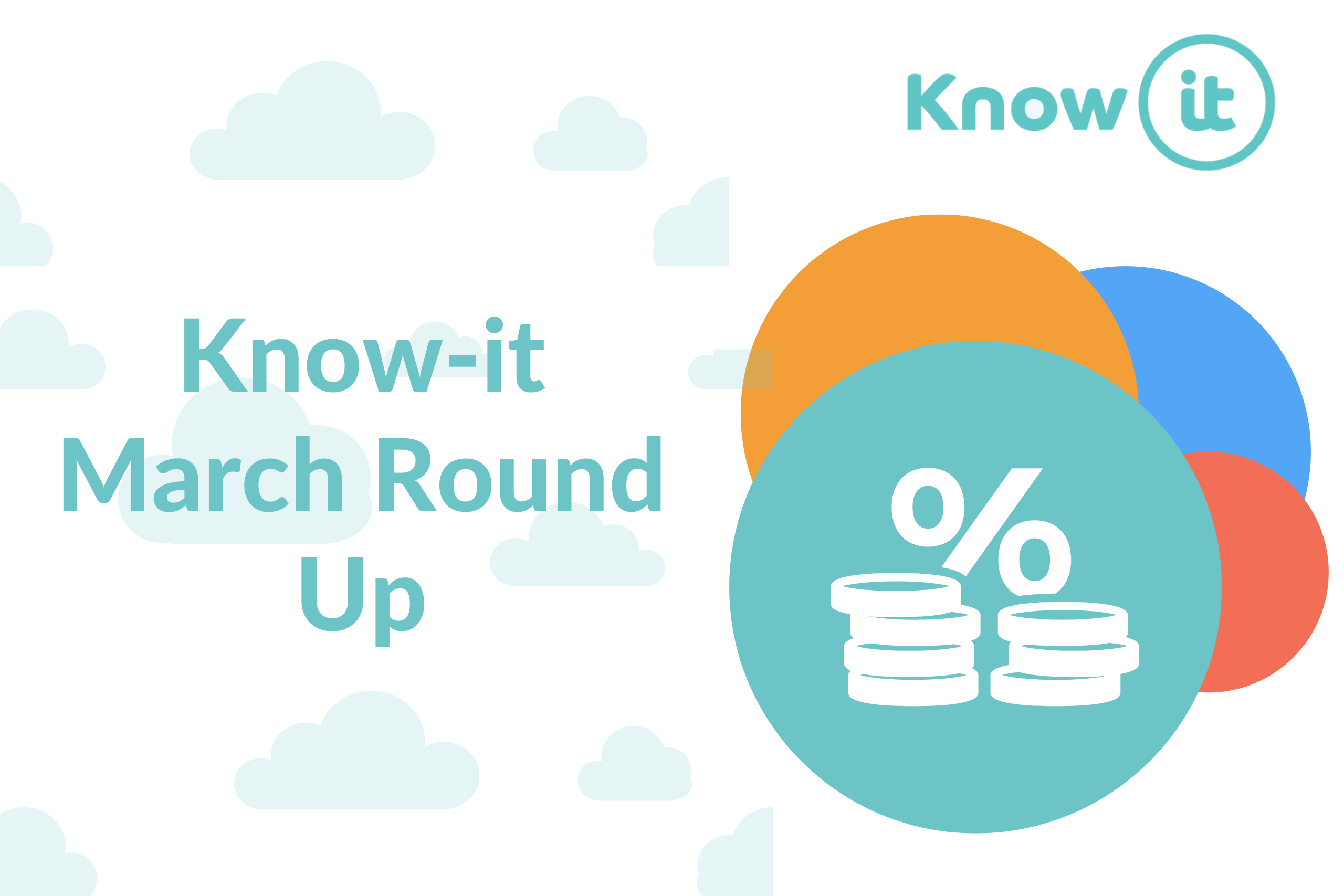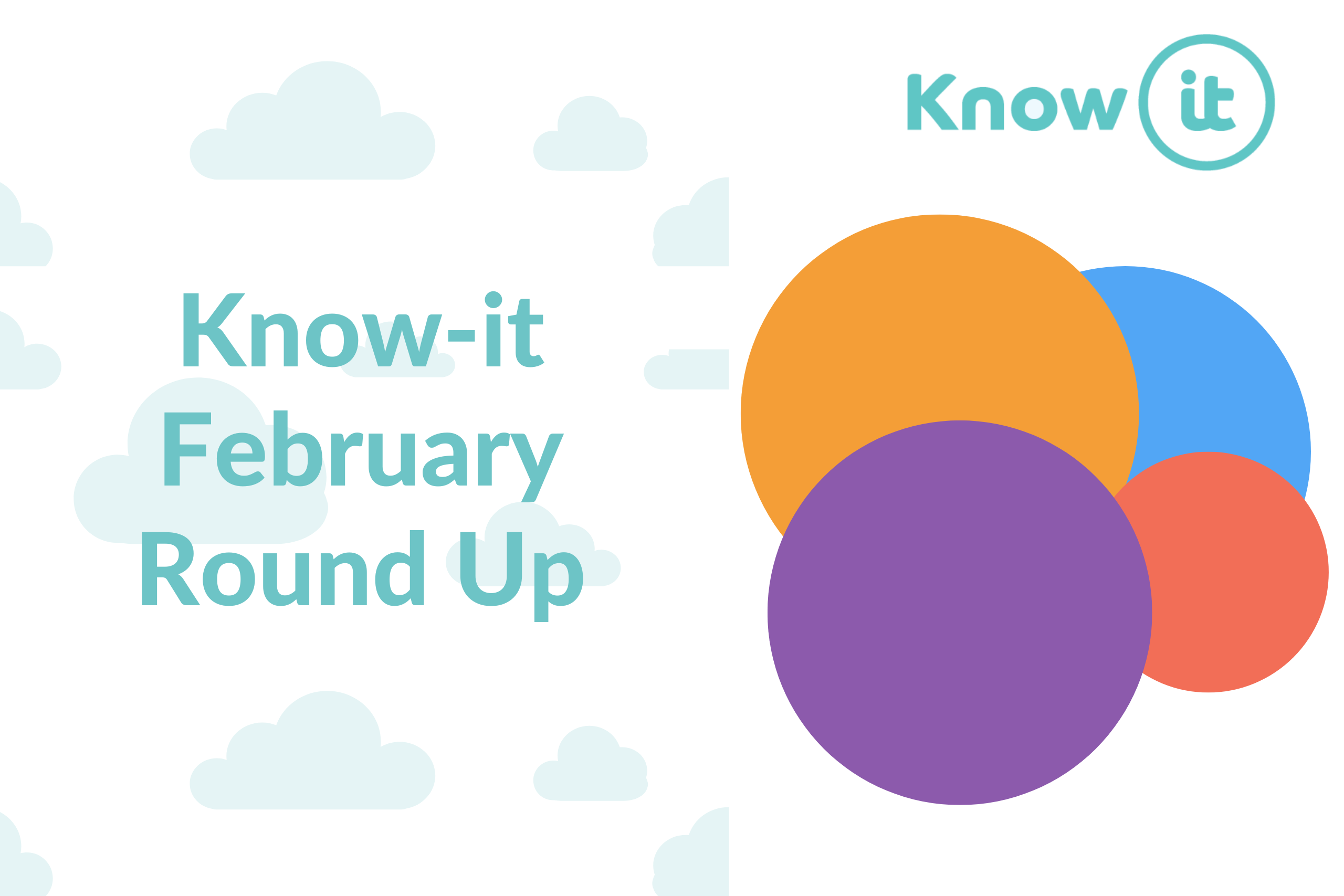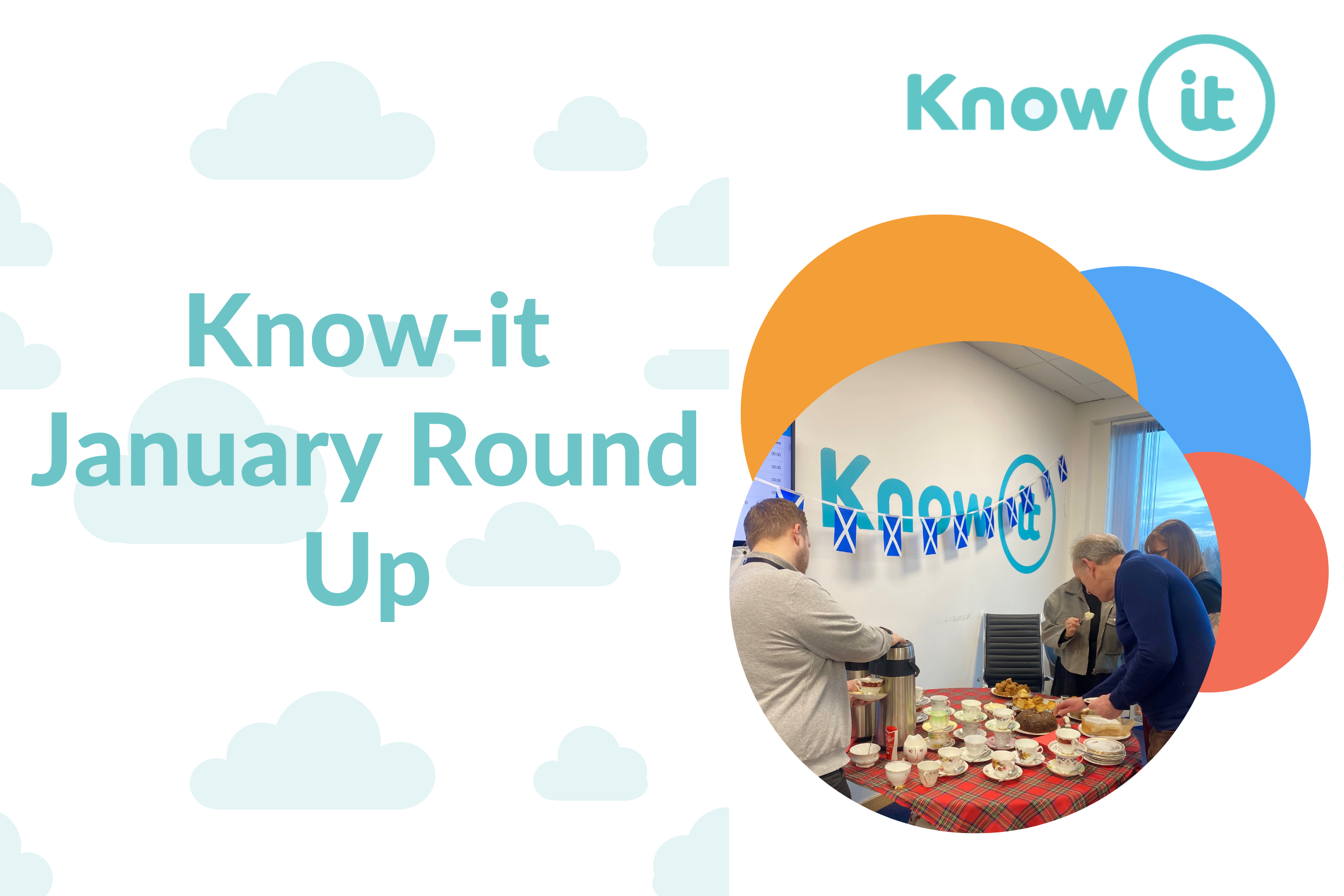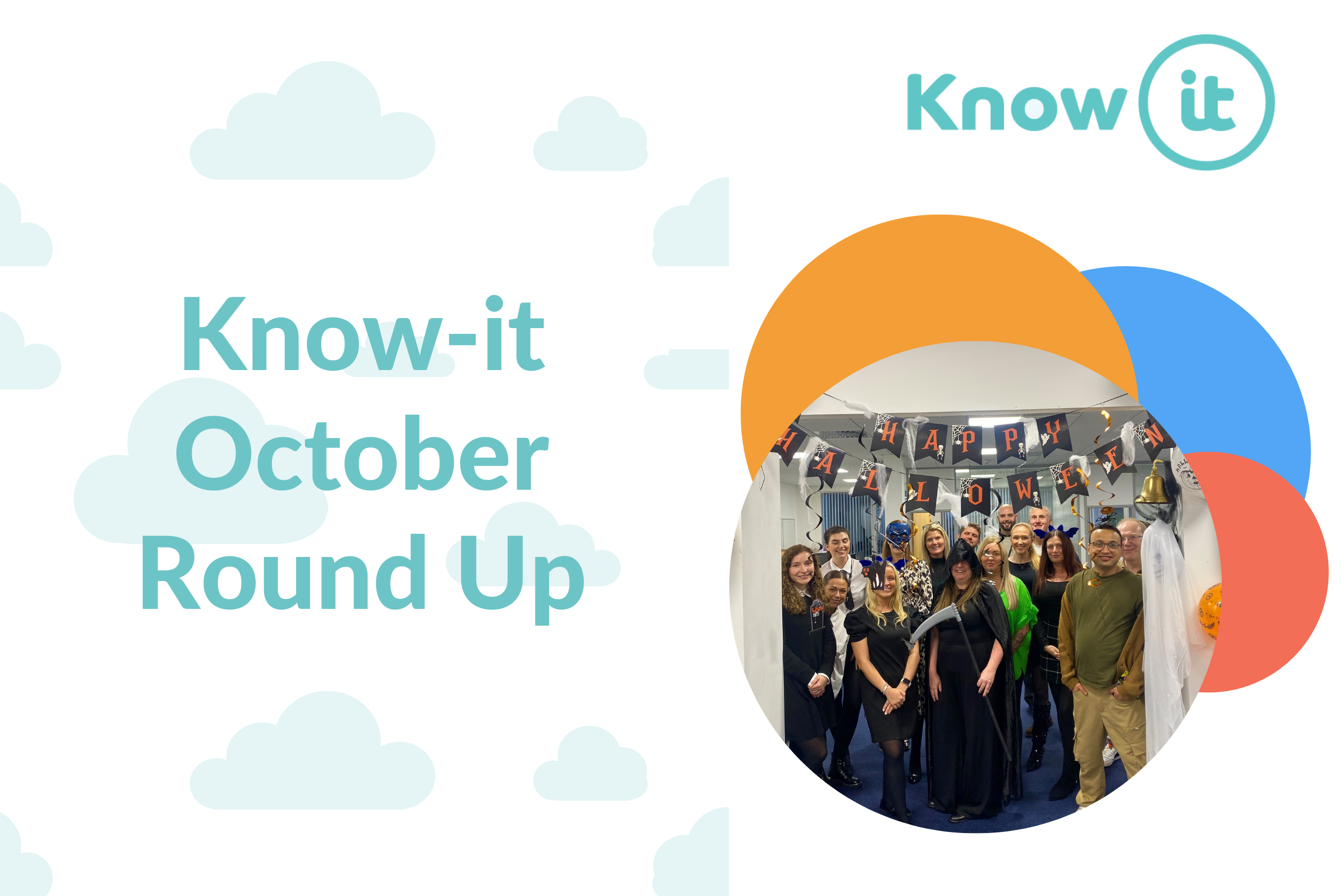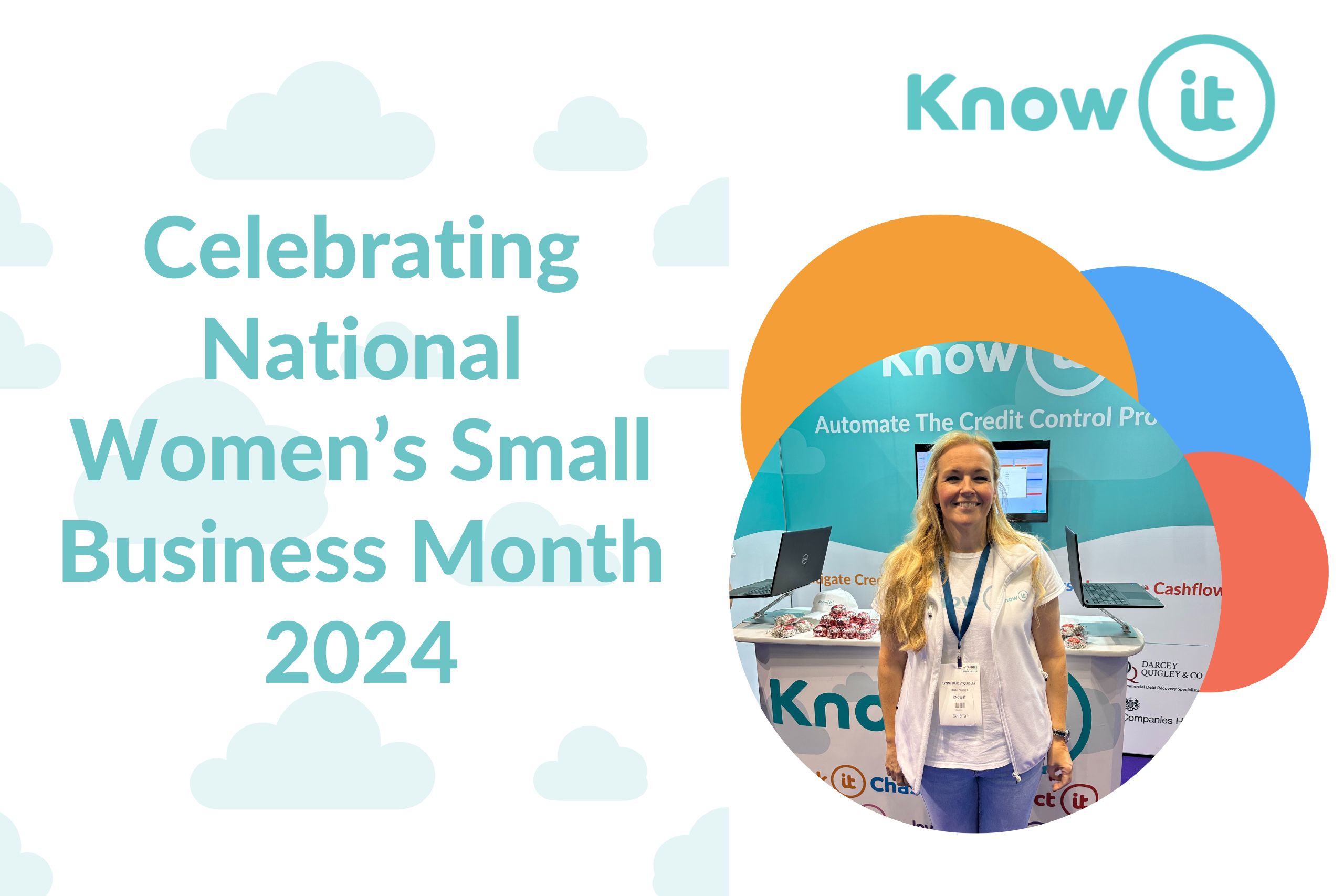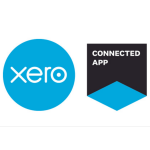Late Payment Letters and Emails Guaranteed To Get You Paid
Writing late payment letters and emails are critical to your credit control.
We all know how frustrating waiting on invoices can be.
No one likes waiting around and the uncertainty whether you’ll even be paid at all can sometimes make us feel trapped and helpless.
This is happening time and time again in the UK with businesses chasing a total of £61 billion in late invoices, a rise of 22% since last year!
One contributing factor to these harrowing statistics is the fact a third of UK businesses aren’t actually chasing late payments.
Sending late payment letters and emails will drastically reduce the amount of time you’re waiting to be paid and help keep a healthy cashflow running through your business.
So how do you get started?
Sending late payment letters and emails to guarantee payment
Over time chances are you’re likely to run into a late payer. Sometimes it could be an honest mistake. However, there could be something more sinister at play where you’re dealing with a serial debtor.
In any case, when an invoice becomes overdue you should immediately get in touch with your customer and send a late payment letter or email.
Now you don’t want to go and ruin your business relationship with your customer, especially if this is just a one-off mistake, so you should remain calm, level-headed and polite whilst advising the invoice is now overdue and asking when you can expect payment.
If you’re sending a late payment email, the subject should include your invoice number, company name and state that the invoice is now overdue. Always, always, attach the invoice you’re referring to as well, so there’s no excuse for your customer to say it’s lost, or they haven’t received it.
The first email or letter you send to chase a late payment will include a copy of the invoice you’re chasing and:
- Explain the invoice is now overdue, outlining the full amount owed and the invoice due date.
- Ask for confirmation that the invoice will be paid and when you can expect the payment to reach you.
A lot of the time all you need to do is send a gentle prompt for your customer to pay you. But you should always have a firmer late payment letter or email up our sleeve in case your customer isn’t as forthcoming, they try to stall payment or outright ignore your initial reminder.
Following-up
Your follow-up late payment chaser will instil a sense of urgency where payment needs to be made immediately.
This is where you’ll take a slightly firmer approach explaining payment is now overdue by several days and it’s now becoming a problem for you.
Again, attach your invoice!
But remember, no matter how frustrated you might be at this point, don’t be rude or overly aggressive to your customer as this will likely be counter-productive – this could motivate your customer to continue to stall and even sabotage future business.
Sending late payment letters
Writing a late payment letter is much the same as writing a late payment email. The language used and when you send them will remain the same, in fact the only difference is one will be digital sent to an email address and one will be a hard copy sent to a physical address.
Now you might be thinking what’s the point in sending both if they’re identical?
Chasing late payments using multiple channels at the same time makes you harder to ignore and keeps you at the forefront of your customer’s attention.
Email inboxes can often resemble a jungle, making locating your invoice and subsequent chasers much like tying to find a needle in a haystack. However, physical letters are much harder to ignore since businesses receive far fewer letters than emails.
We also tend to receive our most important communications by post. We’re much more likely to pay attention to an important looking letter, even if it’s simply the curiosity that makes us open the envelope.
Emails are clearly much more convenient to send than letters so you could choose to only send your most critical late payment chasers as letters.
How to write late payment letters
Now we’ve discussed why you should be sending late payment letters and emails, now let’s dive in and see how to actually write them!
How to write a warning letter and email for late payment
A warning letter/email for late payment is the first reminder you’ll send when an invoice becomes overdue.
If you haven’t chased payments before writing a late payment letter from scratch might be a little daunting. Don’t worry though, as long as you include everything below you’ll be good to get chasing!
- Your company name and address.
- Your customer’s name and address.
- The date letter is sent.
- Invoice number.
- Total amount owed.
- Payment date and days overdue
- A concise explanation that you still haven’t received payment in accordance with the payment terms agreed.
- Details on how to pay you.
Take every opportunity to ask your customer if they have any questions that could prevent them paying your invoice such as disputes, errors or queries so you can eliminate these barriers quickly.
How to write a strong letter and email for late payment
As we’ve mentioned you should always have a firmer late payment letter or email up your sleeve in case your initial payment reminder goes unanswered.
With this late payment chaser, you’ll want to include:
- Your company name and address
- Your customer’s name and address
- The date letter is sent
- Invoice number
- Total amount owed
- Payment date and days overdue
- Explain that you still haven’t received payment and reference your previous communication.
- Details on how to pay you.
- Advise that this is becoming a problem and the payment needs to be made urgently, again asking your customer to clarify when exactly you can expect to receive payment.
Automatically send late payment letters and emails
Writing and sending late payment letters and emails is time consuming and it can also be hard to keep track of who needs to be sent a reminder to pay, who has already been chased and how many times each of your customers has been sent a late payment letter or email.
Now imagine you could fully automate your payment chasing process so late payment letters, emails and even SMS are sent out when your invoices are due, like clockwork!
Chase-it lets you schedule late payment reminder emails, letters and SMS messages using our fully customisable templates.
Know-it seamlessly connects with your accountancy package in just one click, allowing Chase-it to send customised late payment letters, emails and SMS automatically to customers that owe you for overdue invoices.
Reduce debtor days, boost cashflow and get paid quicker!
Know-it is a revolutionary platform that enables you to effectively manage all your credit control, mitigate risk and better understand your customers.
Effectively credit check your customers using data from independent reliable sources based in the UK such as Creditsafe, Companies House, The Gazette and Unsecured Creditors all in one place. Automatically send invoice reminders and chase overdue payment and collect outstanding payment with ease.
If you have outstanding invoices you can calculate exactly how much late payment interest and compensation you are entitled to with our commercial debt recovery partner Darcey Quigley & Co.
Simplify your credit management processes with Know-it. Get 30-days free now!
Lynne is the Founder and CEO of Know-it!
She is a passionate, driven and forward-thinking entrepreneur determined to help resolve the late payment crisis gripping SMEs.
Having worked within the credit management industry for over 27 years and ran UK leading commercial debt recovery specialists Darcey Quigley & Co for over 16 years, Know-it was devleoped to make credit control more accessilble for SMEs to help them effectively mitigate credit risk, reduce debtor days and boost cashflow!
Connect with me on LinkedIn!

















